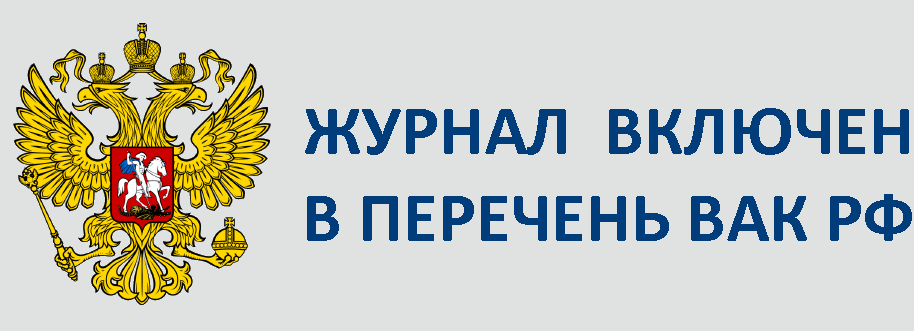№3-2021-06
DOI: https://doi.org/10.22281/2413-9920-2021-07-03-259-269
УДК 681.5.017
Сухарев Р.Ю.
Математические модели процессов поворота колесных дорожно-строительных машин
Строительство автомобильных дорог – это сложный, многоэтапный процесс. Большинство работ при строительстве выполняются по проектам сооружений и к качеству выполнения предъявляются достаточно высокие требования. Выполнение данных требований сопряжено с большими трудностями в виду ограниченной точности самой дорожно-строительной машины, отсутствия бортовых систем контроля и ограниченных возможностей человека-оператора, который не в состоянии «на глаз» определить требуемые точностные параметры возводимого сооружения. Для обеспечения предъявляемых требований используются трехмерные системы управления, которые позволяют определить три координаты рабочего органа машины – вертикальную координату и расположение машины на строительной площадке. При этом основой должен выступать цифровой проект возводимого сооружения. Система определяет текущее положение и сравнивает его с проектом. На основании этой информации формируется управляющее воздействие на рабочий орган машины. Курс движения и скорость машины при использовании подобных систем определяются оператором машины. Дальнейшим развитием данных систем должны стать четырехмерные системы – в которых на систему управления возлагаются все управляющие воздействия, начиная от расчета траектории движения машины, выбора скорости, определения необходимого числа проходов и заканчивая управлением положением рабочего органа машины в каждый момент времени. Для функционирования данных систем необходимы адекватные математические модели процессов поворота дорожно-строительных машин с различными вариантами рулевого управления.
Ключевые слова: дорожно-строительная машина, автогрейдер, система управления, математическая модель, поворот, рулевое управление, траектория.
Sukharev R.Yu.
Mathematical models of wheel turning processes road construction vehicles
The construction of highways is a complex, multi-stage process. Most of the construction works are carried out according to the projects of structures and quite high requirements are imposed on the quality of execution. The fulfillment of these requirements is associated with great difficulties in view of the limited accuracy of the road construction machine itself, the lack of on-board control systems and the limited capabilities of the human operator, who is unable to determine the required exact parameters of the structure being built «by eye». To meet the requirements, three-dimensional control systems are used, which allow determining 3 coordinates of the working order of the machine – the vertical coordinate and the location of the machine on the construction site. At the same time, the digital project of the constructed structure should be the setter in such a system. The system determines the current position and compares it with the project. On the basis of this information, a control effect on the operating organ of the machine is formed. The course of movement and the speed of the machine when using such systems are determined by the machine operator. Further development of these systems should be four-dimensional systems – in which all control actions are assigned to the control system, starting from calculating the trajectory of the machine, choosing the speed, determining the required number of passes and ending with controlling the position of the working body of the machine at each moment of time. For the functioning of these systems, adequate mathematical models of the turning processes of road construction machines with different steering options are necessary.
Key words: road construction machine, grader, control system, mathematical model, turning, steering, trajectory.
Скачать статью (файл pdf) — Download (pdf)

Это произведение доступно по лицензии Creative Commons «Attribution-ShareAlike» («Атрибуция — На тех же условиях») 4.0 Всемирная.





























